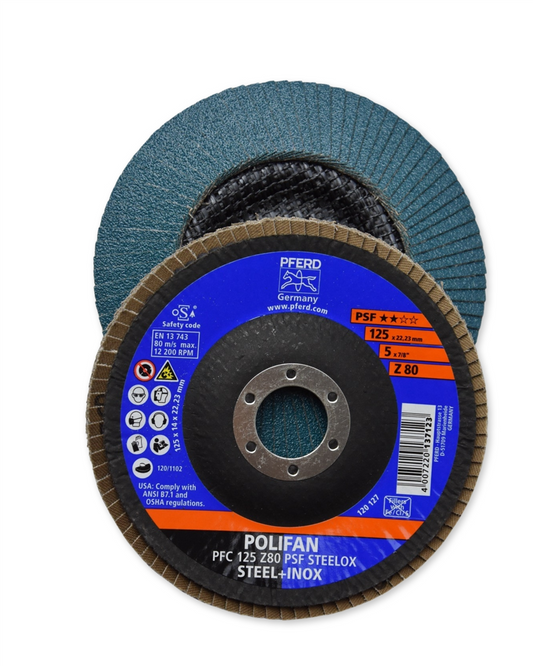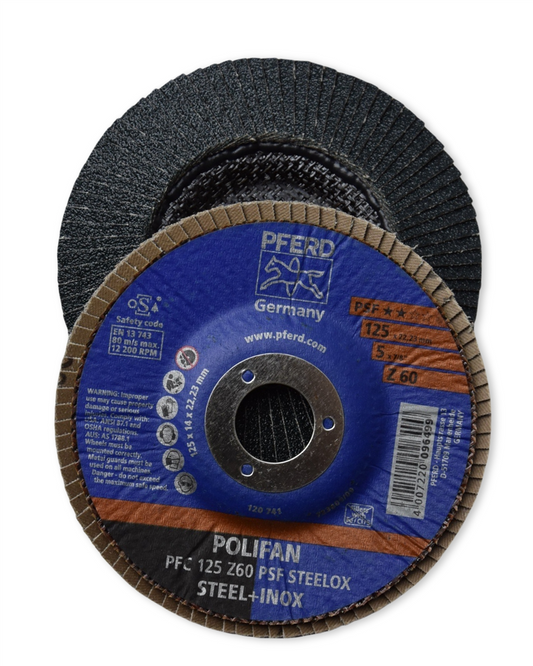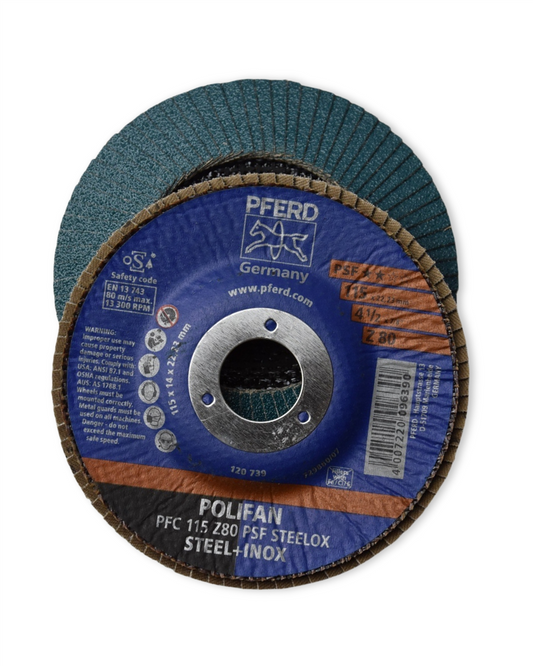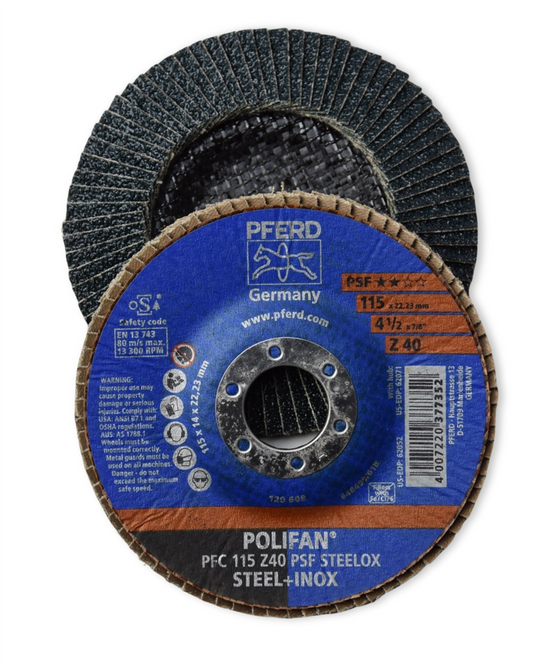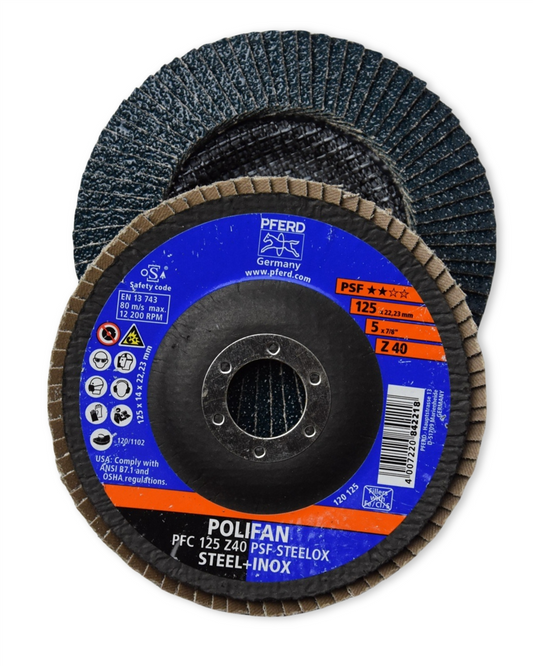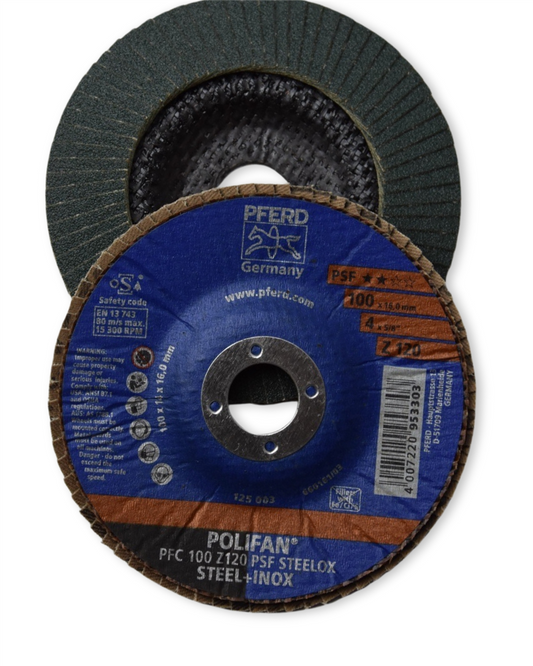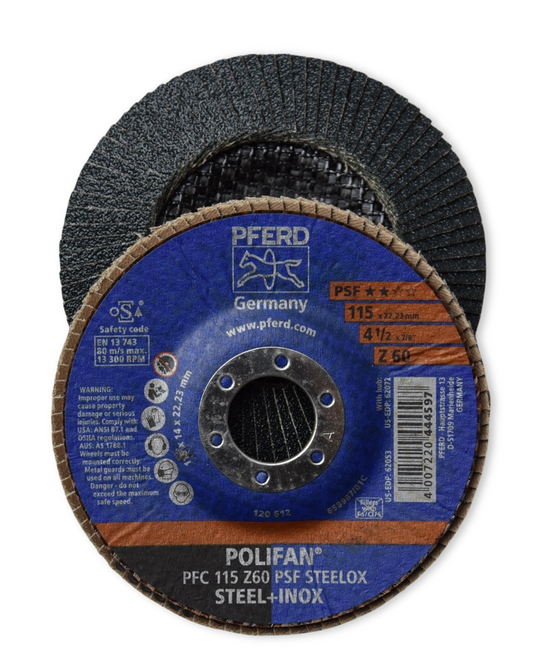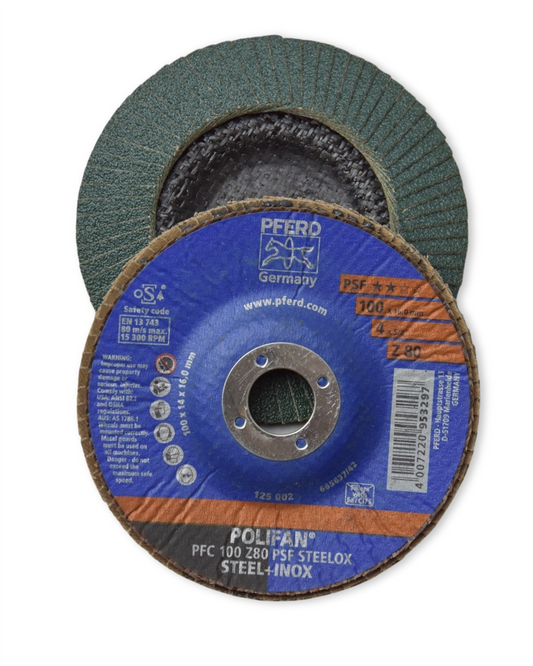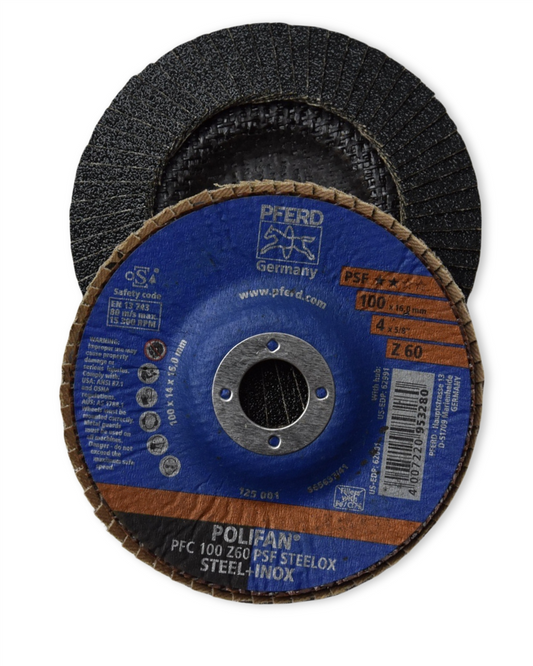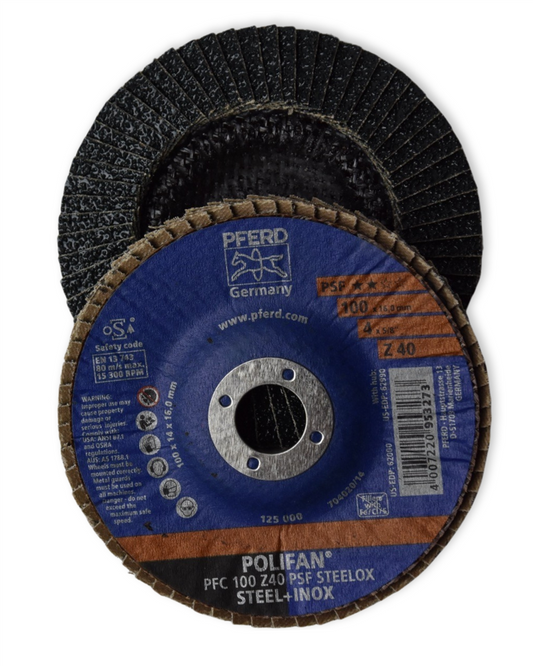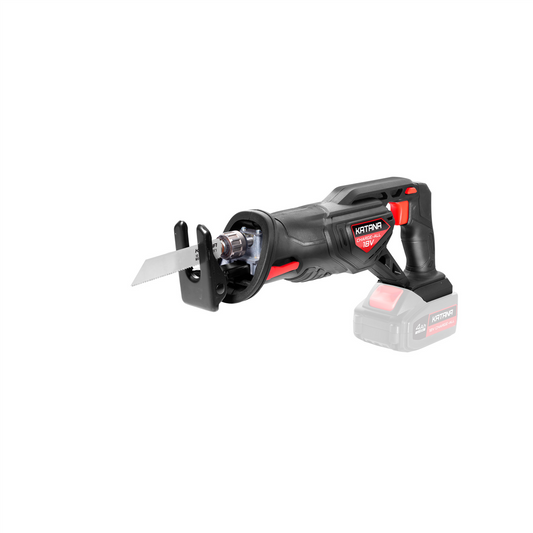Using a Handsaw Correctly for Clean, Straight Cuts
Share
Mastering the Handsaw: Cutting Straight and Clean Every Time
Few things are more satisfying than slicing through a piece of timber with precision, the fine sawdust drifting like tiny wood shavings of victory. But if you’ve ever ended up with a jagged mess instead of a crisp, straight cut, you’re not alone. A handsaw is a classic tool that deserves respect, and with the right technique, it can deliver flawless results. Let’s break it down and get you cutting like a pro.
The Right Saw for the Job
Not all handsaws are created equal. The trick is matching the saw to the task. A fine-toothed saw, like a tenon saw, is perfect for detailed work, while a coarser panel saw makes quick work of larger pieces. If you’re working with hardwood, opt for a saw with a higher teeth-per-inch (TPI) count. For rough cuts in softwood, a lower TPI will get the job done faster.
Setting Up for Success
A great cut starts before the blade even touches the wood. Here’s how to set yourself up properly:
- Mark Your Cut Line: Use a pencil and a square to draw a clear, straight guideline. If you want absolute accuracy, score the line lightly with a utility knife.
- Secure Your Work: A wobbly plank is a disaster waiting to happen. Clamp down your timber or brace it against something solid.
- Position Yourself Correctly: Your body should be balanced, with your elbow in line with the saw blade. This helps maintain a straight stroke.
The Perfect Sawing Technique
Once you're set, it's time to saw—with purpose, not force. Follow these steps for smooth, controlled cuts:
- Start with a Guide Stroke: Place the saw on the far edge of the line and pull back gently to make a shallow groove. This ensures the blade won’t wander.
- Let the Saw Do the Work: Apply light pressure, keeping your strokes long and even. Pushing too hard forces the blade off track.
- Watch the Angle: A low-angle cut (about 45 degrees) is best for efficiency, while a steeper 90-degree cut suits finer work.
- Stay on Track: Keep your eye ahead of the saw blade, trusting the groove to guide you.
- Finish Strong: As you near the end, support the offcut to prevent splintering or snapping.
Keeping Your Saw in Top Shape
A poorly maintained saw is a frustrating one. The teeth should be sharp enough to bite into timber without excessive force. Store your saw in a dry place to stop rust in its tracks, and if the handle feels loose, tighten it up before the next project.
Why Good Technique Matters
Beyond the satisfaction of a well-made cut, a steady hand and proper form will reduce strain on your wrist and arm. You’ll also waste less wood and get cleaner results, which means fewer sanding sessions to fix splintered edges.
Now, armed with the right saw, setup, and technique, you’re ready to tackle your next project with confidence. The more you practice, the more natural it will feel. Ready to gear up? Strathalbyn H Hardware has all the tools, expert advice, and support you need to make every cut a masterpiece.
Happy sawing!
Candeece

Stay Connected
Follow our Facebook Page: Strathalbyn H Hardware on Facebook

